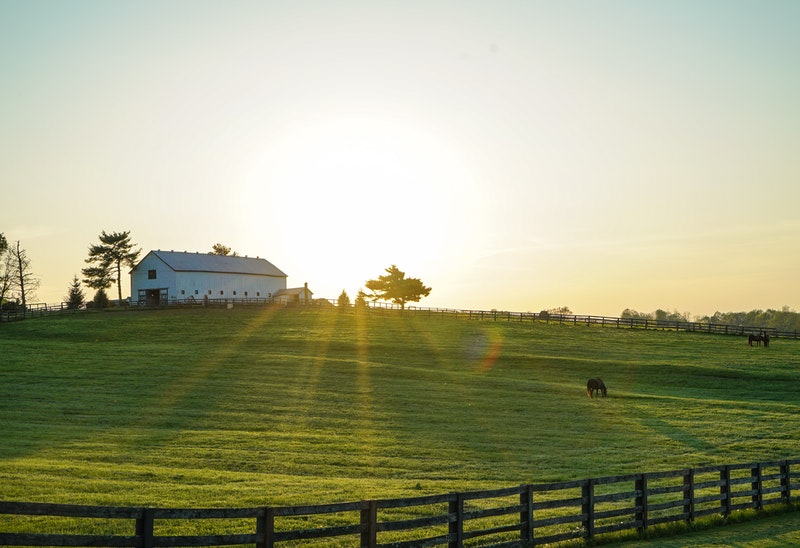Spring snowmelt uncovers beautiful blooming bulbs but it may also reveal a less-than-stellar pasture that’s been hiding all winter. Now is one of the best times to improve your grazing land with new pasture grass seed. Because forage is the least expensive nutritional input you can provide your animals, it’s worth some time and effort to learn and plan for the best grass or forage for your herd.
Grazing Differences in Horses, Cattle, and Camelids
Whenever you are planning a meal, you must consider your guest list to determine the best grass for horses, cows, or other livestock. So, who’s pasture or paddock are you improving?
Horses, cattle, and camelids (llamas and alpacas) are all herbivores with similar nutritional needs. But their digestive systems and grazing habits are quite different. Cattle and camelids are multi-stomached animals that digest in stages and use fermentation to break down fibrous plant material. Horses are single stomached (like dogs and humans) and are notoriously more prone to digestive upset than ruminants.
The grazing habits of each species vary as well. Horses and camelids have well-aligned teeth and flexible muzzles to closely and selectively graze, while cattle rely on their flexible tongues to gather taller grasses. This means horses and llamas can eat grass down perilously close to the ground. Or they may pick and choose only the tastiest bites and allow less interesting plant species to overtake the paddock. These subtle differences can and should impact your pasture seed selection and management.
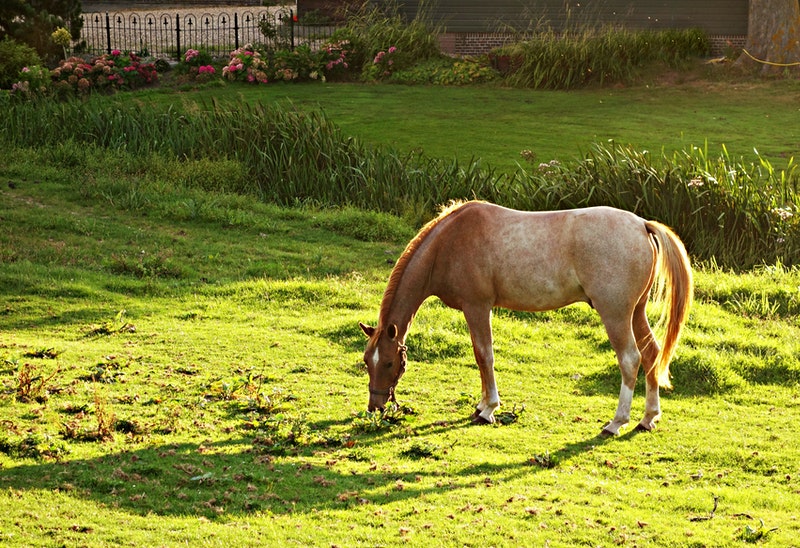
Pasture Seed Planning
If your pasture is in need of a face-lift, first consider if it’s just an overseeding touch-up or a full blown, start-over reestablishment. Livestock pastures in the united states aren’t permanent fixtures. Grazing, wear, plant lifespan, and environmental factors degrade pastures over time and require periodic maintenance But if there are more weeds per square foot than forage, you may want to wipe the slate clean and start anew. Try the frisbee test to assess your current forage bank.
Pasture improvement should be done in phases. Animals must be removed and withheld from the pasture or paddock, ideally for months at a time. Rehabbing one part of a pasture at a time gives you more flexibility and less labor to improve the whole over time.
Pasture Renovation is a Process
The first phase of pasture renewal (or any planting) should always be soil testing. Whether you use your county Extension or Deer Creek Seed’s soil test kit, make a test your first move. No one can judge soil pH or nutrient needs from just looking at your field. These adjustments take time - six to 12 months or more to take effect, but they make the difference between an average plot to a fence-jumping-kind-of-good plot. It’s truly a process. Start your pasture renovation today and keep the process rolling annually across the other paddocks you want to improve in the future.
Selecting The Best Grass Seed or Legumes for Horses And Cattle
Let’s talk about nutrition for a minute. We all have choices everyday on what foods to eat. Some are tasty and abundant but of little nutritional value (hello doughnuts) and others are nutrient-dense but hard to find or frankly less interesting (yes, liver). Your animals’ grazing forage is no different. Planning a nutritionally balanced buffet depends on the quality of forage you can produce.

What is Forage Quality?
Forage quality is the name of the game in grazing. This idea combines palatability, nutritional content, and availability of each plant species in your pasture. Forage quality encompasesses several criteria:
- Edibility - Does the animal like eating it?
- Digestibility - How much is retained versus expelled
- Nutrient content - Protein and vitamins provided
- Undesirables - Are there off-putting toxins or mold?
Can You Affect Forage Quality?
Pasture forage quality is determined by multiple factors. Most important is the stage of a plant’s development. Young, fast growing leaves are usually high in nutrition and digestibility while older plants are tougher and higher in yield but lower in nutrients. If you’ve ever tasted baby lettuce leaves compared to a bolting lettuce head you know what I mean. Everyone prefers the tasty, tender shoots and leaves.
Forage quality also depends on the plant species in your pasture or hay. Legumes tend to have more of those tasty leaves and less fiber whereas grasses have more filling fiber. If you are interested in a deep dive into forage quality, especially for camelids, check our resources section at the end for a truly comprehensive read on forage quality from The University of Tennessee.
TDN or total digestible nutrients is the term most often used to describe or assess forage quality. TDN is a composite score of the total carbohydrates, crude fiber, protein and fat in a feed source (supplement, hay, or forage). And your animal’s TDN need differs based on its species (horse, cow, llama, or alpaca), age, and production use (breeding, milking, maintenance, or athletics).
This is a topic you could spend a lifetime studying - and researchers have. Save yourself the time and rely on your county Extension agent or veterinarian for guidance on your animals’ specific but changing needs. They can also connect you to resources to test your hay or forage TDN if you want to precisely dial it in.
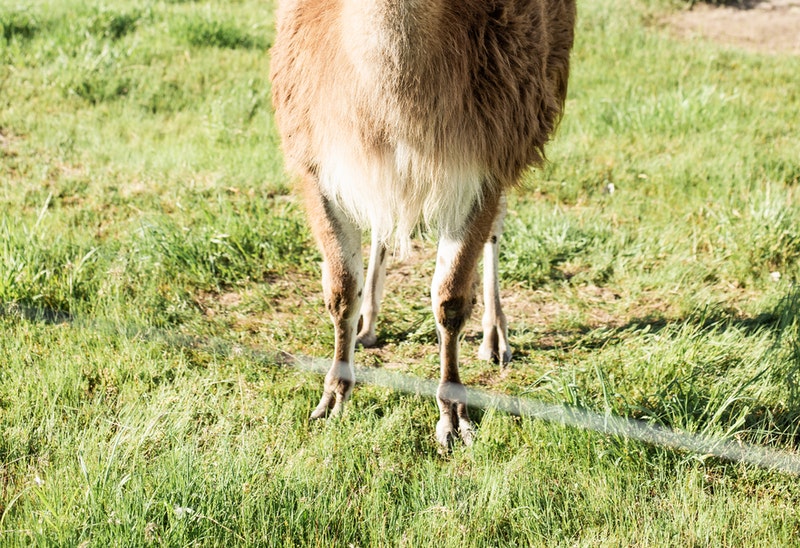
Selecting The Best Pasture Seed
Most pasture managers jump straight to choosing the plant species, but you’re best off to evaluate your growing conditions and match a high quality forage species to it (rather than the other way around). There are a multitude of grasses and legumes that can be foraged, both warm season and cool season. Think through this approach:
- Select your site. Your soil type, drainage, and fertility will greatly determine the success or failure of any pasture planting. Consider if your site has any challenging characteristics of shade, poor drainage, steep slopes, or shallow soils. Start with varieties that will thrive in your environmental conditions and you and your animals will be happier with the outcome.
- Look for certified seed. Improved or certified forage seed has guaranteed germination minimums, fewer weed seeds, and often improved traits. When possible, opt for the albeit higher priced, but greater value, and higher quality certified seed.
- Decide about fescue. Fescue has long been the staple of Midwestern pastures where it thrives in the cool spring and fall climates. But the infection of most fescue grasses with a fungus endophyte causes problems in many livestock species. Grazing on infected fescue can cause reduced weight gain, foot and leg problems, and worse. Fortunately, plant breeders have created endophyte-free varieties of fescue. These new varieties may be more expensive but research has shown that there is economic value in replacing infected fescue. Several of Deer Creek Seed’s pasture seed mixes (like our Jim’s Midwest Pasture Mix and Equine Endophyte-Free Pasture Mix) contain endophyte-free fescue seed. Check our resources section at the end of this article for an excellent overview from the University of Michigan on endophytes and how to evaluate if your fescue grass is infected.
As with any good buffet, a mix of browse is best. Thus Joel Salatin’s aptly named book “Salad Bar Beef”! Deer Creek Seed offers many pasture grass and seed mixes for horses, beef cattle, and camelids.
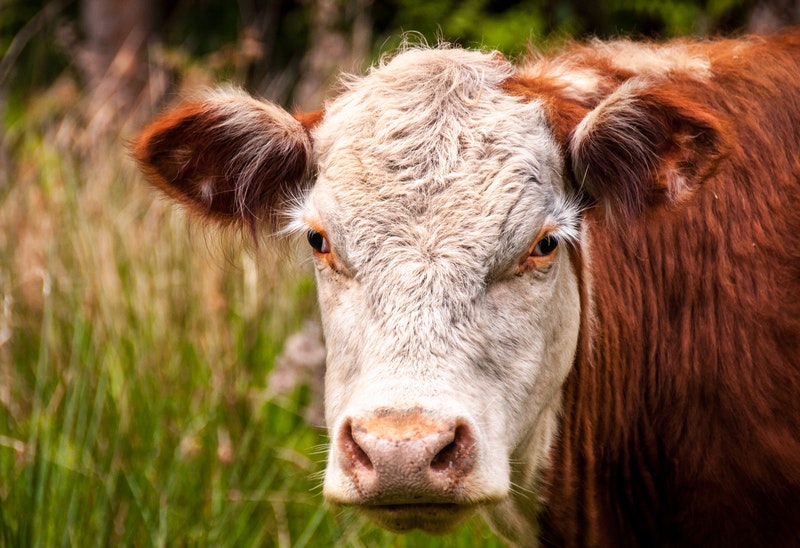
Preparing Your Pasture For Seed
A week or so before planting, clip or heavily graze the pasture to expose the soil and limit seedling competition. If you are overseeding, this step may be enough site preparation. If you are completely overhauling a paddock, you’ll need to kill the existing plant material with an herbicide or repeated tillage and disking.
Pasture seed mixes can be drilled, broadcast, or traditionally seeded. Basic overseeding can also be done by frost seeding. Spread seed at the recommended rate burying no more than ⅛-¼” deep depending on the species. No-till drills are a great option if available from your local conservation district. But make sure the available drill can handle grass seed and will fit through all of the gates on your farm.
The best time to plant cool season pasture grasses and legumes in the Midwest is in late summer, but now in early spring is also an option. It’s important to ensure good seed-to-soil contact for germination. Either way, use a cultipacker, roller, or drag to firmly press seed into the soil.
Critical Pasture Management
Unfortunately many pasture renovations often stop here on their way to failure. But the most critical step is at hand - rest! Allow newly seeded paddocks at least six months of rest before introducing animals to graze. This establishment period will ensure a strong root system (against aggressive nibbling) and optimal plant grazing height.
Plan to mow once or twice during the establishment period when the plants reach 10-12”. Mow to 3-4”. Depending on how quickly your seed establishes, and becomes deep rooted, you may be able to capture the spring mowing as hay.
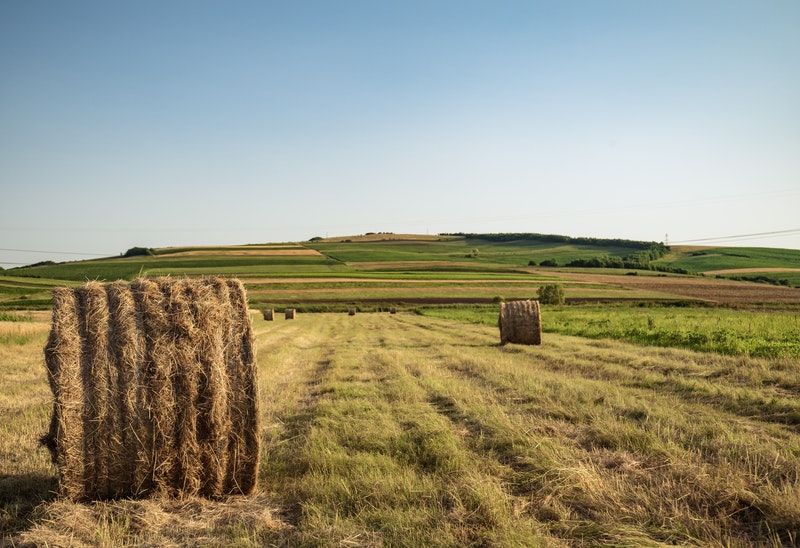
Pasture Weed and Pest Management
Weed pressure can become a problem without regular attention. Lightly clipping new forage stands will help the developing root system and reduce weed competition. To avoid potential winter kill, do not mow 4-6 weeks before first frost.
Lastly, walk your newly seeded pasture for pest scouting in the first month or two after planting. Insects and disease can set in rapidly but can be controlled if diagnosed early. Keep an eye on the new growth until it’s successfully up and on its way.
Pasture management is a multi-year program. It’s a balancing act of agronomy and nutrition for your animals. But since forage is your most cost-efficient feed source, a well planned pasture can benefit your horses and production livestock for years to come. Let’s get grazing!
Additional Resources
- Nutritional Assessment, Nutritional Requirements and Forage Analysis of Llamas and Alpacas by the University of Tennessee
- Endophytes in Forage Fescue article by Michigan State University
- Forage Variety Update for Wisconsin by the University of Wisconsin Extension
- Pasture and Hayland Planting by the USDA Natural Resource Conservation Service - Wisconsin
- Seeding Small-Acreage Horse Pastures by The University of Maryland
- Comparison of Cool-Season Grasses by Grazing Intake and Palatability by The University of Wisconsin Extension



